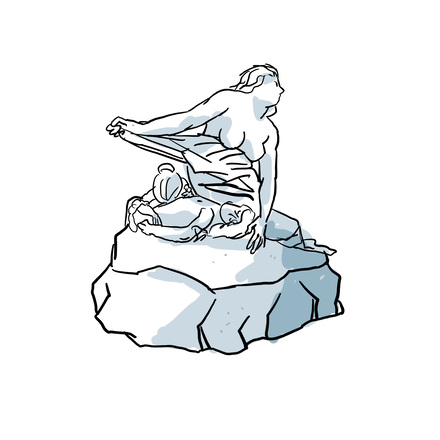
1. Summer Garden
You've reached the Summer Garden of Arles, which stands between the Boulevard des Lices and the Roman Theater. Read more
Tour
3,7 km
1h30
18 audios
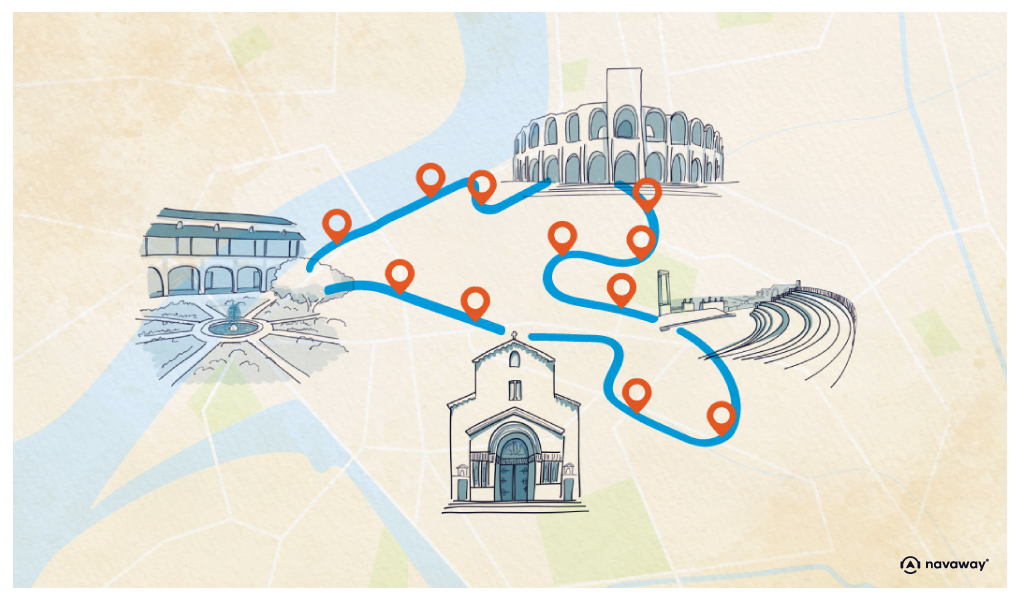
Text version
Welcome to the Camargue! Arles awaits, bathed in the warm glow of the southern sun! Stroll along its paved honey-hued streets, and let your worries drift away as the cicadas serenade you. Arles prides itself on its Roman and Romanesque heritage, but also on its status as the starting point in one of the four medieval pilgrim routes, the Way of Arles. You may not know this, but in 49 BC, Arles sided with Julius Caesar against Marseille. In return, the emperor made Arelate, aka modern Arles, the provincial capital of Rome. Now, that was a big deal! The city boomed economically and saw the construction of a host of Roman infrastructures! It even enjoyed a second golden age in the 4th century, and it’s thanks to these prosperous times that, today, you get to witness some of the finest Roman ruins still in existence! But Arles didn’t just inspire our distant ancestors! Vincent Van Gogh’s art really took off when he moved to the sun-drenched south of France. Let’s follow in the footsteps of Vincent, Julius and countless others, and see what Arles inspires in you.

You've reached the Summer Garden of Arles, which stands between the Boulevard des Lices and the Roman Theater. Read more
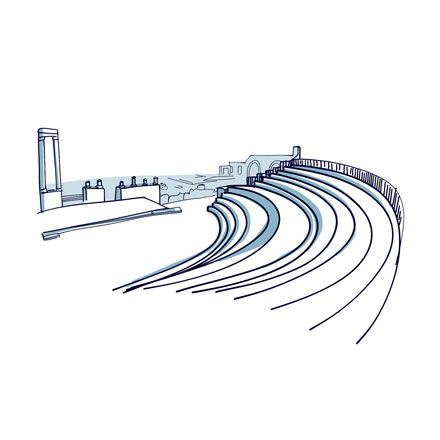
Just a stone's throw from the amphitheater lies the Roman theater! Not nearly as well preserved as its neighbor. ,Well okay, it's a century older, but then again, at their age, who's counting the decades? It was built at the end of the first century BC, making it one of the earliest Roman stone theaters. Read more
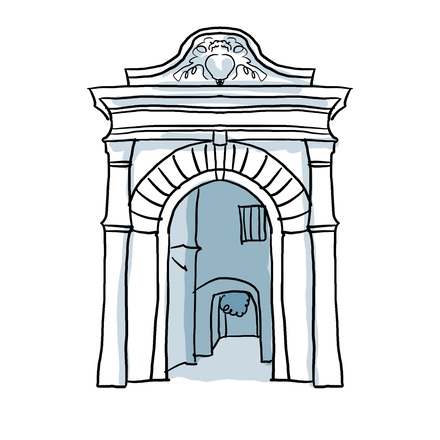
The arch before you is one of the few remnants of what was once an important abbey. Read more
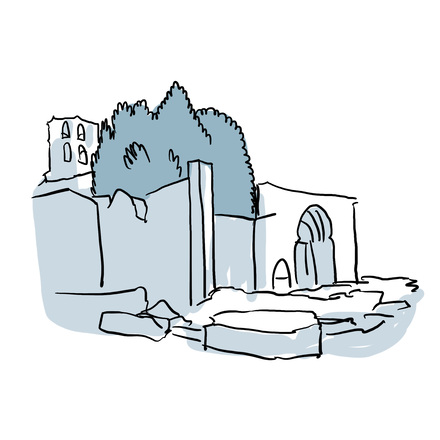
From here, we'll take Rue Vauban and continue along the Avenue des Alyscamps, all the way to our next point of interest. Read more
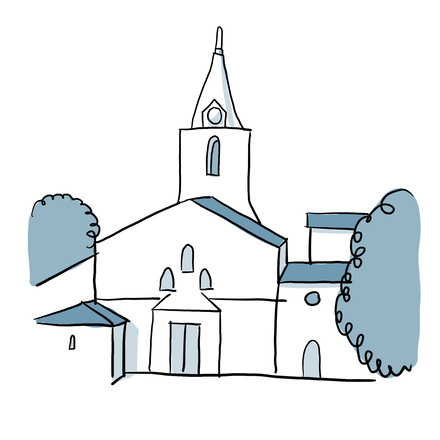
See the small church perched atop the hill? It's Notre-Dame de la Major. Read more

From the Place Major, right next to the church, you have a lovely panoramic view of the city's rooftops and its surroundings. Read more
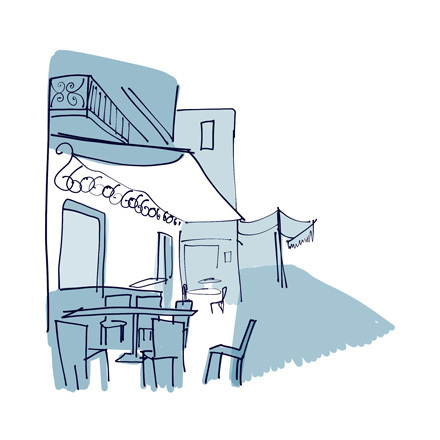
Vous voilà arrivés sur la place du Forum. Van Gogh l’a immortalisée dans le souvenir populaire en peignant sur toile le café Nuit. Read more
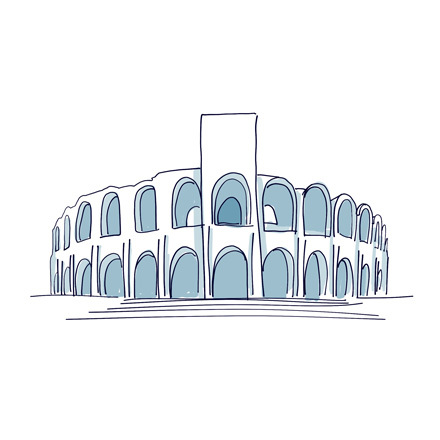
Next up are Arles' magnificent arenas, the city's most visited monument. Read more

The Van Gogh Foundation is a must-see on your route. Read more

Right at the end of this dead-end street, you'll find the disused Church of the Friars Preachers. It's a 15th-century Gothic church. Read more
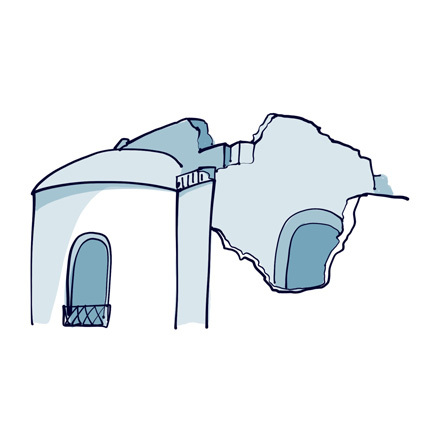
These are the ruins of the Baths of Constantine, some of the best-preserved Roman baths in Europe! Read more

You're now walking along the banks of the Rhône. Believe it or not, this very spot not only inspired van Gogh's "Starry Night over the Rhône," but also yielded a major archaeological discovery in 2008. They found a bust of Julius Caesar face down, 6 meters underwater! Read more
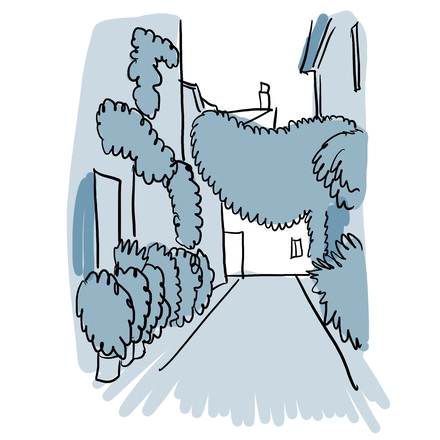
You're now at the heart of the historic Roquette district. Narrow, winding streets lined with charming houses, sun-kissed stone façades adorned with climbing plants and brightly painted shutters adding a splash of color – a picturesque backdrop that will capture the hearts of romantics and photographers alike. Read more

This utterly charming little square is the perfect place to unwind. Grab a coffee in one of the terraces and watch life unfold. Read more
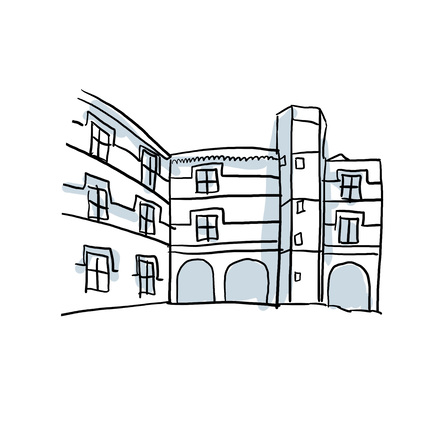
We're now passing by the beautifully restored façade of the Arlaten Museum. It was founded in 1896 by the famous Provençal writer and poet Paul Mistral, who was deeply committed to preserving the cultural heritage of his region. Read more
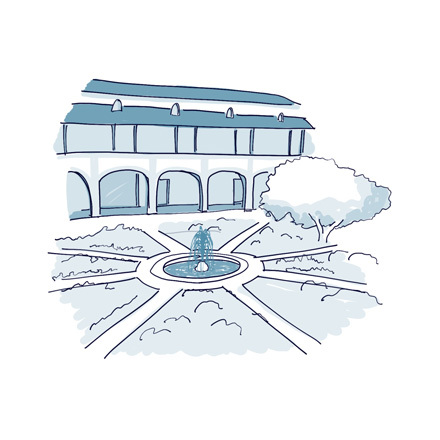
Welcome to Espace Van Gogh! Step inside and you'll be greeted by lush greenery, beautiful flowers, and colorful arcades. Read more
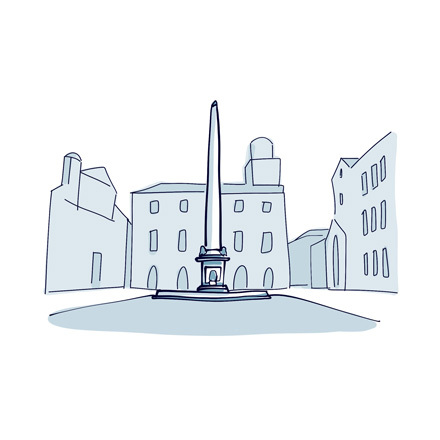
Welcome to the Place de la République, a must-see during your visit to Arles. This little Italianate-style square crams together diverse cultural and architectural influences. Read more
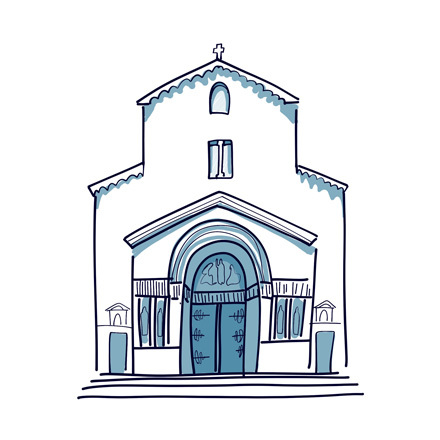
Introducing the Cathedral of Saint-Trophime. The Christian community of Arles was one of the oldest in Gaul. Read more


Discover Arles with app
An interactive guide through the most beautiful streets, squares, and districts
18 fun audioguides full of historical facts, anecdotes, and legends
Explore the wilderness of the Camargue Regional Natural Park aboard a 4×4 and discover its diverse landscapes, rich in biodiversity, with iconic species such as flamingos and Camargue horses.
If you’re planning to visit several sites, consider choosing the advantage city pass. It’s valid for 6 months and grants you access to 6 UNESCO World Heritage Sites and 3 museums. You can thus visit the amphitheater, the ancient theater, the Saint Trophime Cloister, the Cryptoporticus, the Alyscamps and the Baths of Constantin. Basically, all the must-sees! As for museums, you can visit the Arles Archaeological Museum (Musée Départemental Arles Antique), the Réattu museum and the Camargue museum.
There’s no denying Arles’ incredible Roman and artistic heritage. To learn more, be sure to visit the Arles Archaeological Museum (Musée Départemental Arles Antique) and the Van Gogh Foundation.
Need a break from ancient history? Discover Arles’ contemporary side with a visit to the Parc des ateliers and the striking LUMA Tower. It’s the work of a well-known Canadian architect, Frank Gehry, who’s also behind some of the world’s most remarkable buildings, including the Guggenheim Museum in Bilbao, the Dancing House in Prague and the Louis Vuitton Foundation in Paris. So here you’ll find the Luma Tower, built as an interdisciplinary campus and a hub for artistic experimentation. Admission is free, and the garden is open daily from 7 AM to 8:30 PM.
Montmajour Abbey is also a must-see, a bit further afield. Founded in 948, just 4km from Arles, it was one of the wealthiest abbeys in Provence in the 10th century. It was sold as national property during the French Revolution, and its stones were used to build houses in Arles. In 1840, however, its remains were classified as a historical monument, and the site underwent major restoration work. Today, it’s a true Benedictine gem, testifying to 1,000 years of history and architecture.
Want to wander off the beaten path and discover the rural charm of the Alpilles Regional Natural Park? Be sure to stop by the small village of Fontvielle, where you can still find troglodyte houses, dating back to the days of the great stone quarries. Here, you can see the famous mill of Alphonse Daudet, and the Roman aqueduct of Barbegal, built in the 4th century AD.
Another must-see is Beaux-de-Provence, one of France’s most beautiful villages. Explore its medieval cobbled streets and its castle atop the hill, a listed historic monument overlooking the surrounding countryside. While there, be sure to catch the current exhibition at the incredible Carrières des Lumières. Here, art comes alive thanks to a series of floor-to-ceiling projections by the greatest contemporary artists. A magical experience not to be missed if you’re in the area.
Venture further into the Alpilles region and visit Saint-Rémy-de-Provence, the birthplace of Nostradamus and a favorite of Van Gogh. Browse the art galleries and charming boutiques, then delve into history at the archaeological site of Glanum, an ancient Gallic and then Roman fortified city, with ruins dating back to the 6th century BC. You can also stop by the little Peirou lake, for a refreshing nature break.
The Camargue countryside is just a stone’s throw away – be sure to explore it! Discover its salt marshes, rice fields, and reeds teeming with wildlife – keep your eyes peeled for pink flamingos, white horses and Camargue bulls.
Relive Van Gogh’s influence in Arles and savor the local specialties of the Camargue
200 audioguided tours for cities all around the world
DownloadFamous for its Roman monuments, including the ancient theater and the Arles amphitheater, both UNESCO World Heritage sites, the city offers a journey back in time. Arles is also renowned for its connection to Vincent van Gogh, who lived here and painted some of his most iconic works. The city is a major artistic hub, hosting the annual Rencontres d’Arles, an international photography festival.
The Camargue is a paradise for hikers, featuring wild landscapes of lagoons, marshes, dunes, and rice fields. Among the most beautiful walks is the Pont de Gau Ornithological Park, where you can observe flamingos and many other bird species up close. The Méjanes trail, along the Vaccarès lagoon, offers a full immersion in Camargue wildlife. For a more coastal hike, the Gacholle Lighthouse trail, accessible from the Saintes-Maries-de-la-Mer, runs along wild beaches and lagoons. Finally, the Vigueirat Marshes, a protected nature reserve, offer several routes to discover the diversity of Camargue’s landscapes.
The Arles Pass Liberté can be purchased in two ways. The quickest option is to buy it online through the Tourist Office’s website. If you’re already in town, you can visit the Tourist Office located at 9 Boulevard des Lices. Prices range from 13 to 15 euros and the pass grants access to four monuments or museums of your choice.
Several nearby villages offer a peaceful setting while keeping you just a few kilometers from Arles. Just a twenty-minute drive away is Saint-Rémy-de-Provence, a charming village that is a true haven of peace. You’ll find a traditional Provençal village atmosphere here. The Alpilles mountain range is also within easy reach, perfect for scenic walks.
With its rich architectural heritage and Roman past, Arles is a wonderful city for wandering. A must-do walk begins in the historic center, passing by the Amphitheater and the Ancient Theater, then reaching the Place de la République with its obelisk. The Roquette district, with its colorful alleys and small shaded squares, offers a picturesque stroll. For an artistic touch, follow the Van Gogh trail that traces the places the artist painted. Finally, the Rhône riverbanks provide a lovely setting for a relaxing walk.
Arles is located in the southeast of France, in the Provence-Alpes-Côte d’Azur region, specifically in the Bouches-du-Rhône department. To give you an idea, Marseille is about an hour’s drive from Arles.
Several factors contribute to Arles’s fame. Thanks to its Roman heritage, the city boasts several well-preserved monuments like the Amphitheater, inspired by Rome’s Colosseum, which today hosts shows and bullfights. There’s also the Ancient Theater, the Baths of Constantine, and the Cryptoportiques—underground galleries. All these sites are UNESCO World Heritage listed. Beyond these exceptional Roman ruins, Arles offers a Van Gogh trail highlighting the places that inspired the Dutch artist. Van Gogh lived here between 1888 and 1889 and created some of his most famous works here, such as “The Night Café” and “Sunflowers.”
Comments